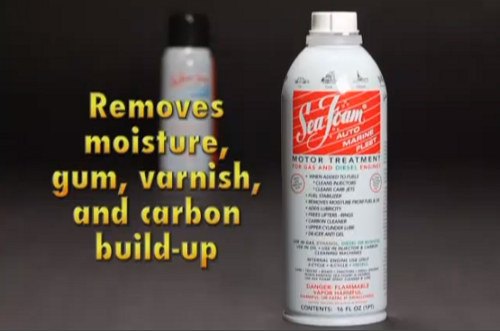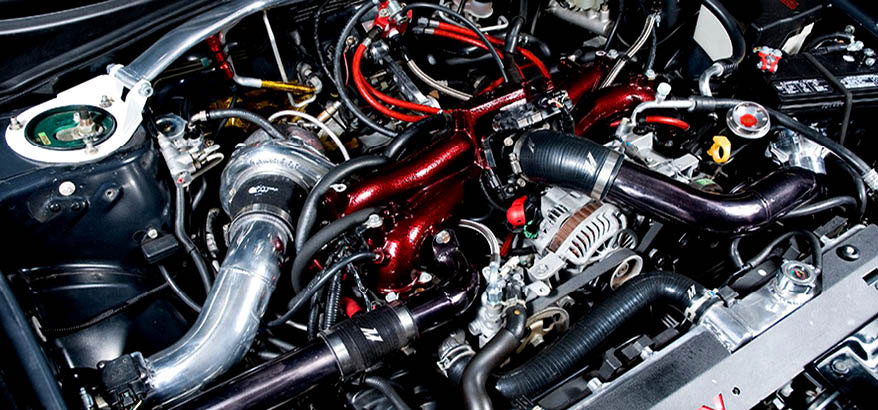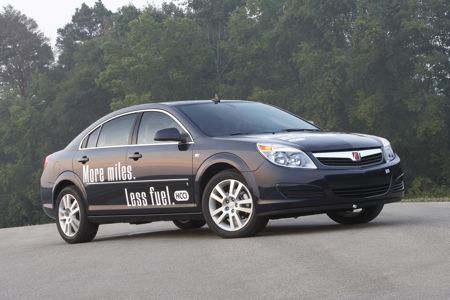 All Entries Tagged With: "pros and cons"
All Entries Tagged With: "pros and cons"
Should You Sea Foam Your Tundra? I Wouldn’t
A recent thread on TundraSolutions.com about using Sea Foam – a chemical designed to remove carbon deposits from inside your engine – got Tim and I talking. Would we use it on our vehicles? Why or why not?

Should you use Sea Foam on your Tundra? There are a lot of reasons to be cautious.
While I don’t think Sea Foam is bad for vehicles (it isn’t, at least if it’s used correctly), I’d say that it’s a bad investment for most vehicle owners. Here’s why:
Search terms people used to find this page:
- tundraheadquarters
Silicone Hoses For Your Ride? Pros and Cons
Silicone hoses are a great quick way to add color to your engine bay, but their appeal goes beyond aesthetics. Silicone hoses reduce the risk of catastrophic hose and cooling system failure, as they have a higher burst strength than normal rubbing hoses.
If you’re considering making the switch from OEM to silicone radiator hoses, here are the pros and cons of making the switch.

Search terms people used to find this page:
- tundraheadquarters
HCCI – Pros, Cons, and Predictions
Is Homogenous Charge Compression Ignition (HCCI) the next big thing for the auto industry? Will it be the perfect marriage of low emissions, high fuel economy, and performance? Probably not, but it very well could be a significant transition, that first step to pry us out of our gas-slurping speedsters without an insurmountable culture shock. [This is a follow-up to our article on HCCI from last week, Emerging Engine Technology – HCCI – What is it? Give it a read if you haven’t already or a lot of this won’t make sense.]

Saturn Aura with an HCCI engine.
In today’s auto market, a combination of desperation and advanced engine management systems has solved a lot of HCCI’s inherent problems. In May 2008, GM rolled out a Saturn Aura HCCI prototype, a hybrid of HCCI and traditional spark-ignition that delivers 15-percent gas savings with a 4-cylinder, 2.2-liter engine rated at 180 hp.
The response to the technology and the Aura is mixed. The greens don’t think it goes far enough in fuel savings and question the industry’s obsession with fossil-fuels. The performance side looks at the horsepower rating and sneers. So, let’s try to bridge the gap with the tried-and-true Pro and Con evaluation:

